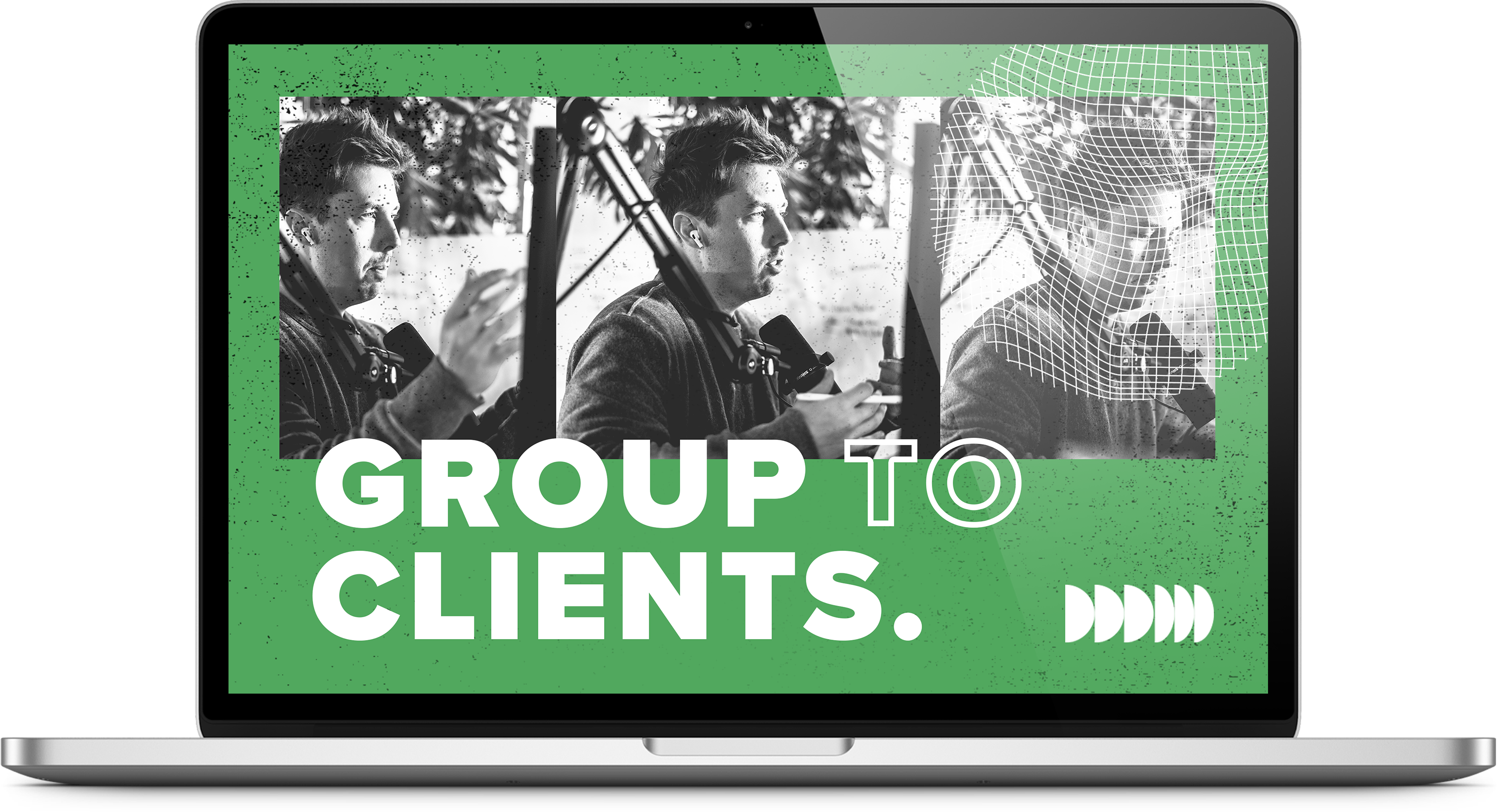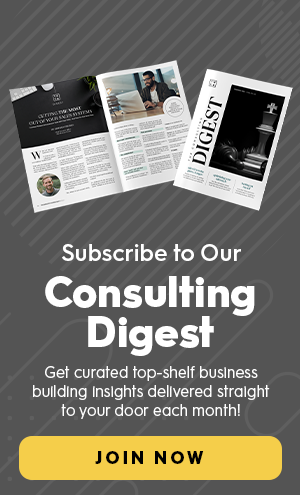Over $20K in Front End Sales… With a Single Post
Let’s talk Facebook groups for a minute.
Before you rush to the comment section to tell us all about how Facebook groups are antiquated and don’t “work” anymore for bolstering high ticket businesses…
In October (2023), we actually sold out a brand new product we were launching, and generated over $20K of front end revenue in less than 48 hours. And it was almost entirely off the back of a single post in our private Facebook group. Then, we followed that up by selling out an in-person skiing mastermind event ($6,000 per ticket) in a matter of days – again, by posting about it in our group.
So yeah… maybe just hear us out on this.
There’s unquestionable power in communities (which are one of 6 major demonstration assets that help you deliver value to your market), as long as they are properly leveraged and “primed” strategically for monetization.
It doesn’t have to be a Facebook group. Maybe your community is in a Circle space, an invite-only Telegram thread, a private Slack channel, Discord, or an email list in Active Campaign… Doesn’t really matter.
There are 4 strategies that we employ any time we are building a community (for our own brand, or for the clients we work directly with). This approach allows us to pump premium content into our groups and communities at high speed – and then convert that generated attention into revenue. Let’s dive in, shall we?

Filtration
There are two steps to this piece – first is filtering.
The internet is a massive place, and not everyone is going to be a fit for your community. We want to be super clear about this. The goal with your communities, should not be volume of attention, but quality of attention.
There are 2 primary filtration systems:
- Pre-click filtration
- Post-click filtration
Pre-click refers to the marketing/messaging that points them to the group in the first place. Whether you’re running ads, or filling up a group via organic means, how you position it in order to generate followers and clicks is its own form of filtration. You want to aim for striking a balance between qualifying language (who the groups is for) and disqualifying language (who the group is not for). When your messaging is balanced between those two, your group will seem appealing to the right people and repugnant to the wrong people. Knowing how to do this requires a deep understanding of your “market-to-message” match. If you don’t feel that you have a handle on this, call our team. We’ve got expert advisors standing by to talk you through it!
Post-click refers to the measures you take once they start engaging with your group to help filter out people who aren’t a good fit for your products or services.
If you’re using something like a private Facebook group, you can do this via mandatory questions when they request to join. We never admit anyone into our group who has not answered our group questions. Beyond just filtration though, we structure our questions in a way where we gather useful information about the prospect that can be used later to customize our “middle of funnel” marketing to them. We store all question answers after they are submitted and make them available to both our Sales and Marketing teams for educated follow-up.
Another post-click filtration tactic we have employed in our group is strategic “purging.” Remember, the goal is not volume of attention, but quality. So, earlier this year, our CEO (Taylor Welch) went into the group and made a post asking everyone in the group to comment, or they would be removed as a means of keeping the group clean and engagement high.
Indoctrination
Once people start filling up your community, it’s critical that they understand who you are, what you do, and HOW you do it.
Getting them indoctrinated can start simply with an introductory post or comment (if you do this in a communication software like Slack, Discord or Telegram, you can pin this comment so that it’s saved and easy to access by anyone in the community). Then, as new members get added, you (or a team member or VA) can tag them in the thread/comments below that original post so that you can ensure that they are notified and see it.
Another indoctrination technique is hosting free mini-courses, trainings or playbooks inside of your community that are only available to members. These should be unique to the group if possible, and not as lead gen assets in other parts of your marketing efforts. Bonus points if you put these in place first, and then link to their location in your introductory post.
Remember, flywheels trump funnels. Always.

Your Voice/Persona
What “emotion” do you want to evoke in your members when they read/view the content you’re posting in your group?
These primary emotions will form the bedrock of your persona (or “voice”).
There are many personas that tend to blend several styles, but we typically observe 4 that come up frequently.
The Benevolent Alpha –
Strong, confident, and practical. Heavily leverages audience’s desire, curiosity and need to drive and improve.
The Accidental Hero –
Likable, relatable, and aspirational. “Look at this cool new technique I just figured out – I couldn’t wait to share it with you.” This persona typically engenders a massive amount of admiration within their audiences for their perceived willingness to share their knowledge and bring others along for the ride!
Story Journey Follow –
Intentional, story-driven, and focused on creating an “equal” frame with their audience. The “I’m no different from you and look what I’m accomplishing” frame. Typically have a powerful “come up” story that their audience can easily relate to and resonate with.
The Sage –
Counter-cultural, perhaps “radical,” and always taking existing thoughts/ideas and reframing them in new ways that most people have not thought of before. This persona has the ability to elicit massive amounts of respect and reverence within their audience.
There is a ton more to dive into when it comes to these 4 personas. If you’d like to see Taylor break each one down in more detail, with specific examples, you can find that in our Group to Clients product.

Cadence & Consistency
In our article on demonstration, we spent some time talking about how content is one of the deepest moats you can have in your business – but only if you commit to being consistent with getting it in front of your audience.
The same is true of your communities.
So, here is our biggest piece of advice. Warning: It’s stupid simple.
Create a publishing schedule… and commit to it.
No excuses. No missed days. Actually commit to a schedule of posting to your community and don’t deviate.
Depending on the type of content you’re putting into the group, we recommend at least 3-4 times per week (for value driven text-based posting) or 2 times per week (for video/live content), and alternating your CTAs to suit your marketing initiatives. However, you should always (ALWAYS) center all of your posts around giving value – not around “asking” or selling. Again, this publishing schedule should be custom to what you’re trying to accomplish with the group.
There’s Money in Communities
Because of the way we’ve set up and continuously add real value to our Facebook group, we’ve been able to include it as a substantial pillar of both our front end customer acquisition process, and our client upgrade process.
Anyone who tells you that Facebook groups are dead, has likely not invested much time in actually designing their group for monetization through value demonstration.
Think of your group as an extension of your larger marketing efforts, and build it for scale! Leverage it wisely and harvest the results.

Get Taylor’s Full Strategy for Growing Profitable FB Groups
Inside of Group to Clients, Taylor walks through every single stage of setting up a monetize-able Facebook group that can print new customers and clients for you at will! A massively valuable system for any business owner.

